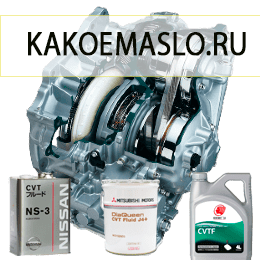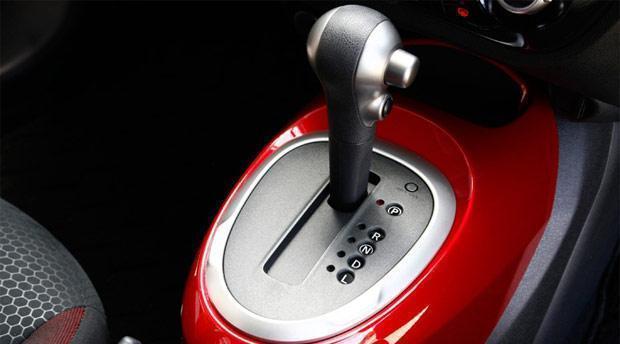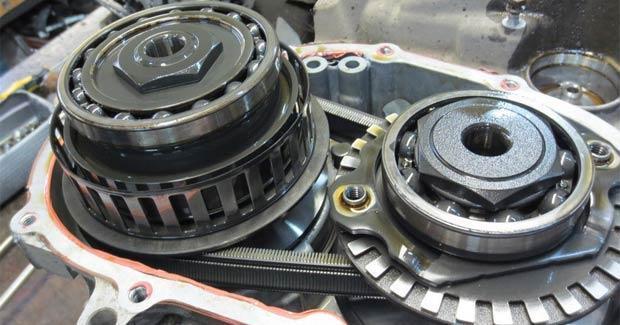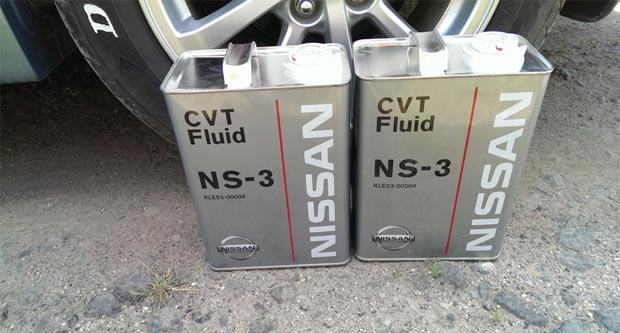
What kind of oil to fill in the variator?
Working conditions of CVT oils
The automatic type of transmission is slowly but surely replacing the mechanical options of the boxes from the market. The cost of production of automatic machines is reduced, and their reliability and durability are increased. Combined with the driving comfort of automatics compared to manual transmissions, this trend is quite logical.
CVTs (or CVTs, which in an adapted translation means "continuously variable transmissions") have not undergone any major changes in terms of design since their inception. The reliability of the belt (or chain) has increased, the efficiency has increased and the total service life of the transmission has increased to critical wear.
Also, hydraulics, due to the reduction in the size of functional elements and the increase in the load on them, began to require high accuracy of operation. And this, in turn, was reflected in the requirements for CVT oils.


Unlike ATF oils intended for use in conventional machines, variable speed lubricants operate in more specific conditions.
First, they must completely exclude the possibility of their enrichment with air bubbles and, as a consequence, the appearance of compressibility properties. The hydraulics, which shifts and expands the plates during the operation of the variator, should work as clearly as possible. If, due to bad oil, the plates start to work incorrectly, this will lead to constriction or vice versa, excessive weakening of the belt. In the first case, due to the increased load, the belt will begin to stretch, which will lead to a decrease in its resource. With insufficient tension, it can begin to slip, which will cause wear on the plates and the belt itself.


Secondly, CVT lubricants must simultaneously lubricate the rubbing parts and eliminate the possibility of belt or chain slippage on the plates. In ATF oils for traditional automatic machines, a slight slippage of the clutches at the time of switching the box is normal. The chain in the variator should work with minimal slip on the plates. Ideally, no slippage at all.
If the oil has a very high lubricity, then this will lead to slipping of the belt (chain), which is unacceptable. A similar effect is achieved through the use of special additives, which, at high contact loads in the friction pair of the belt-plate, lose part of their lubricating properties.


Classification of gear oils for variators
There is no single classification of CVT oils. There are no structured, general standards covering most CVT oils, such as the well-known SAE or API classifiers for motor lubricants.
CVT oils are classified in two ways.
- They are marked by the manufacturer as a lubricant designed for specific boxes of specific car models. For example, CVT oils for many Nissan CVT vehicles are labeled Nissan and are NS-1, NS-2, or NS-3. Honda CVT or CVT-F oil is often poured into Honda CVTs. Etc. That is, CVT oils are marked with the automaker's brand and approval.


- Marked only on tolerances. This is inherent in CVT oils that are not designated as a lubricant for a particular brand of car. As a rule, the same oil is suitable for several types of variators that were installed on different makes and models of cars. For example, CVT Mannol Variator Fluid has more than a dozen CVT approvals for American, European and Asian vehicles.
An important condition for the correct selection of oil for the variator is the choice of manufacturer. As practice has shown, there are quite a lot of oils for a variator of dubious quality on the market. Ideally, it is better to purchase branded lubricants from an authorized dealer. They are faked less often than universal oils.


Watch this video on YouTube
